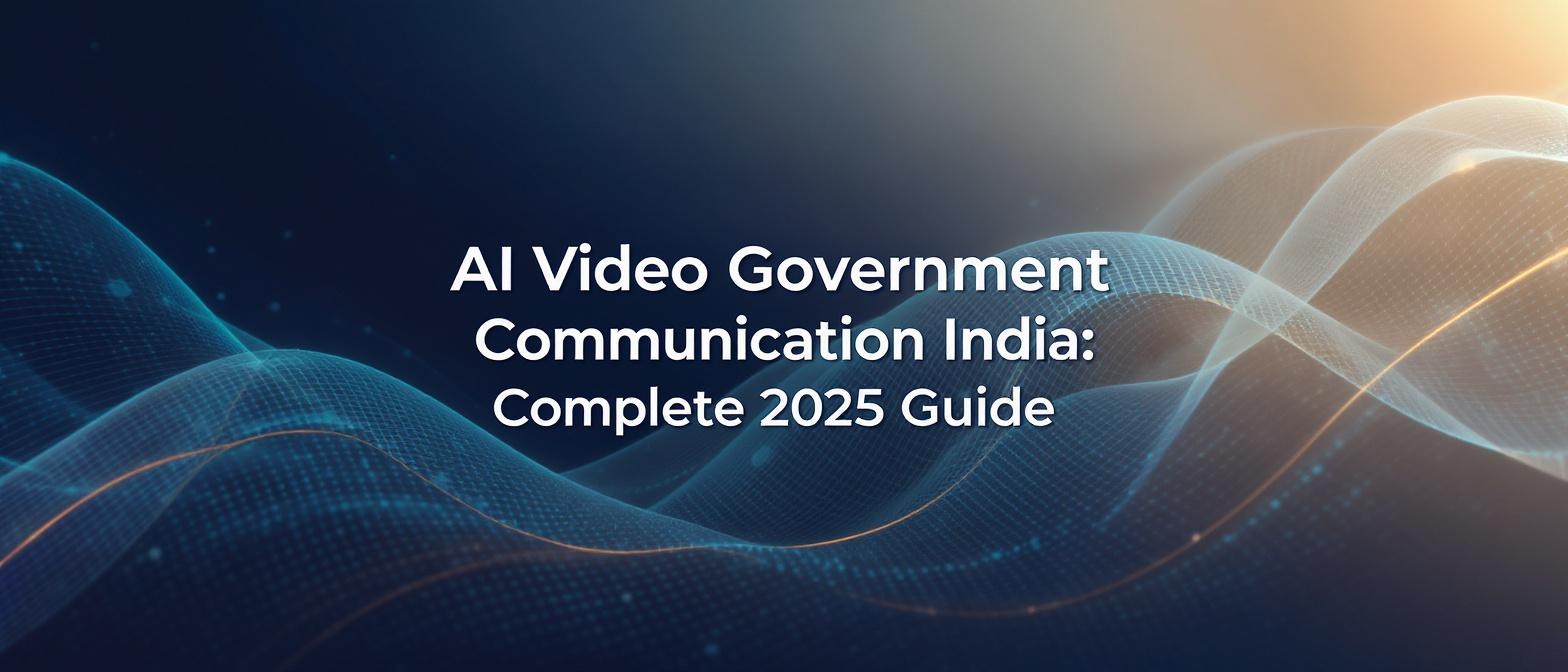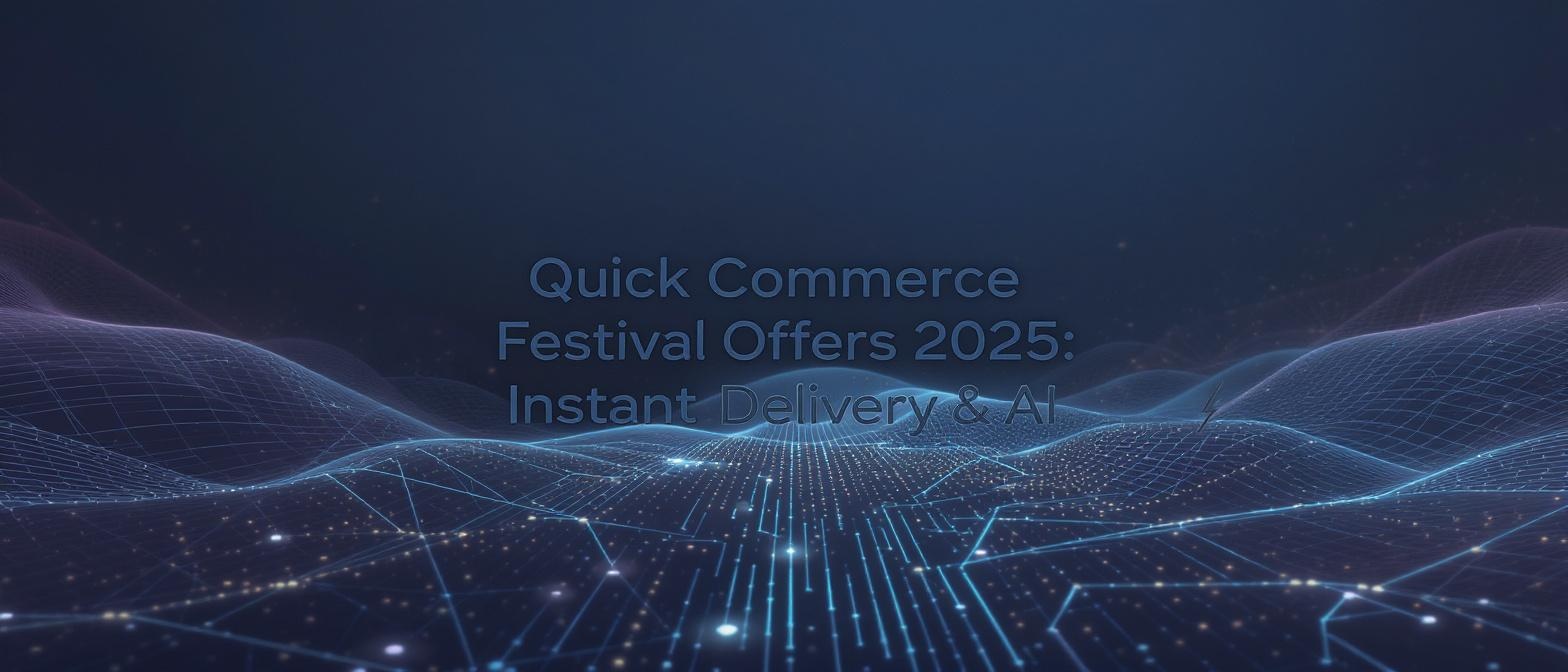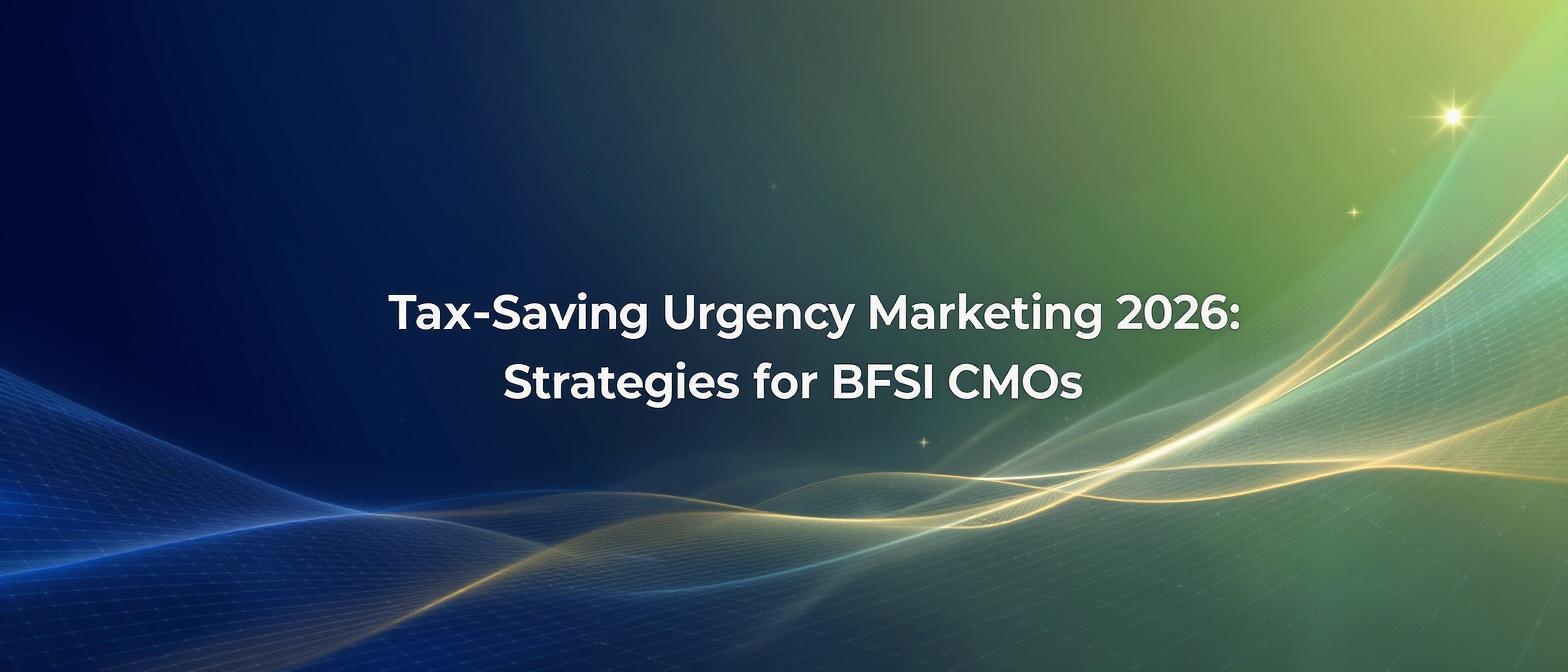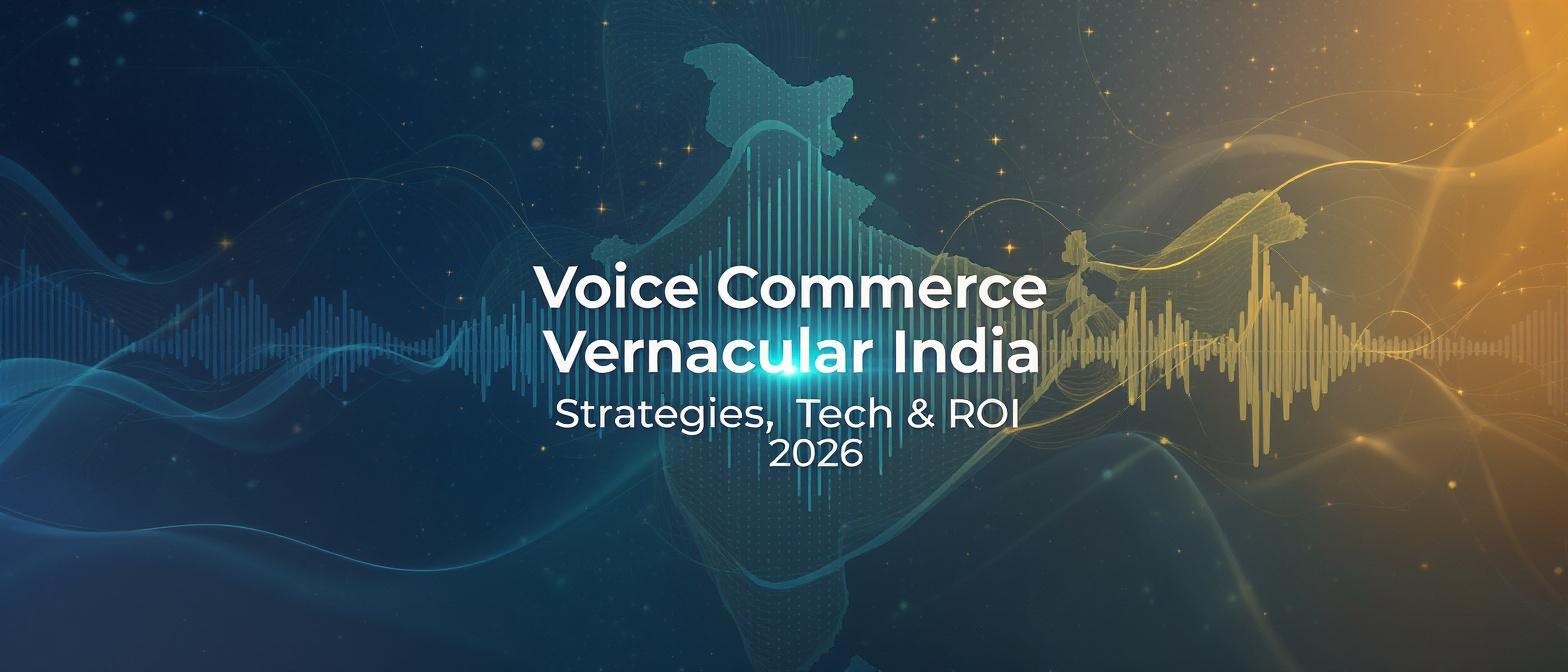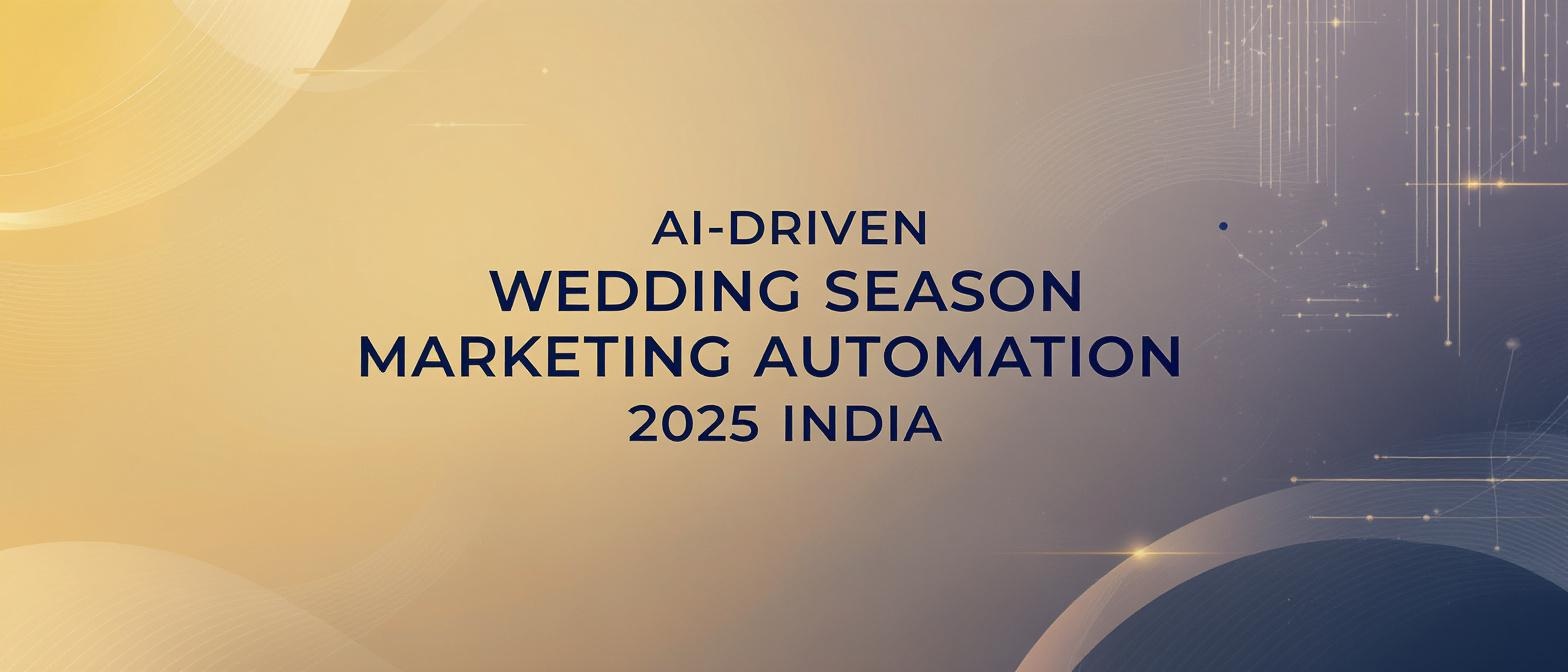Revolutionizing AI Video Government Communication in India: A Complete Guide for 2025
Estimated reading time: ~11 minutes
Key Takeaways
- AI-powered videos radically streamline government communication and outreach.
- Automated multilingual support breaks language barriers and fosters inclusivity.
- Scalable production enables faster response during public emergencies.
- Ethical AI guidelines are essential to maintain public trust and combat misinformation.
- Platforms like Studio by TrueFan AI simplify implementation and boost ROI.
The landscape of public sector outreach is undergoing a seismic shift. For government bodies, PSUs, NGOs, and social enterprises, the challenge of connecting with a diverse, multilingual population has always been monumental. This is where AI video government communication India emerges as a transformative force, defining the next era of digital governance. This technology leverages artificial intelligence-driven avatars, advanced voice cloning, and automated localization to produce perfectly lip-synced, multilingual outreach videos at an unprecedented scale.
This guide is designed for decision-makers in government departments, public sector undertakings, and civil society organizations who are seeking to cost-effectively create citizen service tutorials, scheme explainers, health awareness campaigns, and grassroots communication videos in 22+ official Indian languages. The goal is to move beyond static text and traditional video to a more dynamic, inclusive, and impactful form of citizen engagement. As noted in MeitY’s 2024 AI Journey report, AI-driven video communication is fundamentally transforming how government bodies and NGOs in India engage citizens with scalable, cost-effective public messaging. The future of public outreach is not just digital; it’s intelligent, automated, and deeply personalized.
Section 1: The New Frontier: AI's Role in Government & NGO Communication
At its core, AI-driven video communication utilizes deep-learning models to generate photorealistic digital avatars, produce lifelike lip-sync in any language, and clone professional voices with stunning accuracy. This technology effectively decouples content creation from the traditional, resource-intensive process of filming, recording, and editing. The result is a paradigm shift in how public messaging is produced and disseminated.
The primary benefits fueling this adoption are scalability and speed. A traditional public service announcement (PSA) video can take weeks or even months to produce, involving film crews, actors, studios, and extensive post-production. An AI-generated video can be created from a simple script in a matter of minutes. This agility allows organizations to react instantly to emerging situations, from public health crises to urgent policy updates.
Furthermore, the democratization of content creation is a significant advantage. Platforms like Studio by TrueFan AI enable a 24x7, self-serve model for video production. This is analogous to “Canva for AI videos,” where a communications officer, without any technical video editing skills, can generate high-quality, professional-grade videos directly from their browser. This capability is crucial for organizations with limited budgets and personnel. India’s public sector is already seeing the impact of such AI integration. For instance, persona-based AI assistants like MyGov Saathi are successfully handling millions of daily citizen queries, which frees up human experts to focus on more complex, high-touch tasks.
Source: Press Information Bureau
Section 2: Bridging Divides: Multilingual & Inclusive Outreach at Scale
India’s linguistic diversity, with 22 official languages and thousands of dialects, presents a formidable barrier to effective nationwide communication. AI video technology directly addresses this challenge through automated, real-time multilingual localization. This process involves a sophisticated interplay of multimodal Large Language Models (LLMs) and advanced voice technology to handle translation, text-to-speech (TTS), subtitling, and, most impressively, perfect lip-sync across languages.
The impact of this is profound. It dismantles language barriers and fosters genuine inclusivity, ensuring that vital information reaches every citizen, including those in remote or marginalized communities. For a rural mother in a remote village, receiving maternal health advice in her native dialect from a trusted AI avatar can be life-changing. For an informal sector worker, understanding their entitlements through a clear, step-by-step video in their own language empowers them to access critical social security benefits.
The technological progress in this domain is rapid. As highlighted at the WAVES 2025 conference, next-generation AI systems are already delivering flawless lip-sync and nuanced regional dialect support, making digital communication more natural and relatable. This aligns with the national strategic vision; NITI Aayog’s “AI Roadmap for Inclusive Societal Development” explicitly underscores the critical role of multimodal AI in enhancing rural outreach and ensuring that the benefits of digital governance are accessible to all.
Source: NITI Aayog
Section 3: Core Public Sector & NGO Use Cases in Action
The theoretical benefits of AI video translate into powerful, real-world applications across the public and social sectors. Here are the core use cases driving adoption in India.
3.1 Public Awareness Campaigns & PSAs
Public awareness campaign videos powered by AI are defined by their rapid deployment capability. During national events like elections, natural disasters, or health emergencies, the ability to quickly create and distribute accurate information is paramount. AI allows for the instant generation of guidance videos on safety protocols, voting procedures, or pandemic responses, and can update them in real-time as the situation evolves. The Ministry of Electronics and Information Technology (MeitY) has noted that AI was instrumental in enabling rapid myth-busting and disseminating crucial behavioural guidance during recent crises, preventing the spread of misinformation.
3.2 Health Awareness Videos
In the realm of public health, AI-powered health awareness videos in India are revolutionizing last-mile information delivery. These are typically voice-based, localized videos that provide essential tips on maternal health, child nutrition, vaccination schedules, and sanitation. By using AI-powered voice assistants and video avatars, health agencies can deliver tailored, easy-to-understand care advice in numerous vernacular languages. This approach has shown remarkable success in improving health literacy and outcomes, with some initiatives directly contributing to a reduction in infant mortality by ensuring timely and relevant information reaches expectant mothers.
3.3 Citizen Service Tutorials
Citizen service videos created with AI serve as step-by-step digital guides for citizens, particularly farmers, migrant laborers, and informal workers. These tutorials demystify complex processes for accessing government e-services, applying for entitlements, or understanding their rights. The Digital ShramSetu mission is a forward-looking example, aiming to use persona-led AI interfaces to train and upskill a staggering 490 million informal workers by 2035. This initiative highlights the potential of AI to bridge the digital literacy gap and empower millions.
3.4 Scheme Explainer Videos
Scheme explainer videos using AI automate the communication of complex government programs and policies. These videos can feature AI avatars that narrate the key features, benefits, and eligibility criteria of a scheme, often incorporating dynamic data overlays and visual aids to enhance comprehension. Crucially, these platforms allow for the integration of interactive elements, such as Q&A avatars that can answer frequently asked questions. The effectiveness of these videos can be precisely measured through metrics like view-through rates, engagement scores, and call-to-action completions, providing valuable feedback for optimizing communication strategies.
Section 4: The 2025 Outlook: Future Trends for NGOs and Social Enterprises
The adoption of AI video technology within the NGO and social enterprise sector is set to accelerate dramatically by 2025. The focus is shifting from basic communication to hyper-personalized grassroots mobilization, targeted fundraising appeals, and large-scale awareness campaigns. Projections for 2025 indicate that the cost of producing a multilingual video campaign could decrease by as much as 80% using AI, democratizing access to high-quality communication tools.
Future-forward trends suggest that by 2025, AI-driven NGO awareness videos will incorporate even more sophisticated features. These include automated storyboarding from text prompts, the ability to conduct “virtual reshoots” by simply editing a script, and dynamic language switching based on the viewer’s location or profile. This level of automation and intelligence will allow NGOs to create highly contextual and emotionally resonant content at a fraction of the traditional cost and time.
The return on investment (ROI) is becoming a key driver of this trend. Solutions like Studio by TrueFan AI demonstrate ROI through significant reductions in production costs, faster campaign deployment, and measurably higher citizen engagement rates. For NGOs operating with tight budgets, the ability to reallocate funds from expensive video production to on-the-ground programs is a game-changer, amplifying their social impact.
Source: DD News
Section 5: Technology Spotlight – Studio by TrueFan AI
At the forefront of this technological revolution is Studio by TrueFan AI, a browser-based, self-serve SaaS platform designed to make AI video generation simple, fast, and accessible. It provides an end-to-end solution for government agencies and NGOs looking to leverage this powerful technology.
Key Features:
- Extensive Avatar Library: The platform offers a diverse library of licensed, photorealistic virtual humans (such as Gunika, Annie, and Aryan), allowing organizations to choose an avatar that best represents their message and audience.
- Script-to-Video in Minutes: Users can simply input a script and generate a professional video in minutes. Studio by TrueFan AI's 175+ language support and AI avatars ensure that the content can be localized for nearly any linguistic group in India and beyond, with perfect lip-sync and intonation.
- Powerful In-Browser Editor: The platform includes a user-friendly editor that supports various aspect ratios (for social media, websites, etc.), automated subtitles, background image or video overlays, and the ability to generate multiple video variants for A/B testing.
- Seamless Integration: Studio by TrueFan AI is built for the modern digital ecosystem. It offers Webhooks and APIs for integration into existing workflows, a direct WhatsApp API for conversational campaigns, and one-click publishing to major social media platforms.
Use Case Examples:
Leading brands are already leveraging this technology for commercial success, demonstrating its potential for the public sector. Zomato has used it to launch hyper-personalized video campaigns in regional markets, while Hero MotoCorp has employed it for localized product launch announcements. These examples underscore the platform’s ability to deliver targeted, scalable, and impactful video communication.
Section 6: Building Trust: The Pillars of Ethical AI Communication
As with any powerful technology, the deployment of AI in government communication must be guided by a strong ethical framework. Responsible AI communication is non-negotiable and rests on the pillars of consent, data protection, content moderation, and bias mitigation.
Ensuring the trust of citizens is paramount. This means adhering to stringent compliance standards. Leading AI video platforms are securing certifications like ISO 27001 (for information security management) and SOC 2 (for data security, availability, and confidentiality), which are critical for handling public sector data. These certifications provide verifiable assurance that the technology is secure and that citizen data is protected.
To combat misuse, robust mitigation strategies are essential. These include built-in profanity filters to prevent inappropriate content, automated blocks on sensitive topics like political endorsements, and digital watermarking to ensure the traceability of all AI-generated content. These safeguards are crucial for maintaining the integrity of public communication and preventing the technology from being used to create harmful deepfakes or misinformation.
Source: OpenGovAsia
Section 7: Overcoming Implementation Challenges
While the benefits of AI video are clear, successful implementation requires navigating a few practical challenges. Acknowledging and planning for these hurdles is key to a smooth transition.
- Digital Infrastructure: While India’s digital infrastructure is growing, last-mile connectivity in rural areas can still be a challenge. Campaigns should be optimized for low-bandwidth consumption, and offline distribution strategies should be considered as a supplement.
- Training and Capacity Building: Communications teams within government and NGO bodies need to be trained on how to use these new platforms effectively. This involves not just technical training but also a strategic shift in thinking about content creation—moving from a project-based to a continuous, data-driven model.
- Ensuring Data Privacy: When creating personalized videos, handling citizen data requires strict adherence to privacy laws and best practices. Organizations must have clear data governance policies in place and work with technology partners who prioritize security and compliance.
Section 8: Measuring Success: KPIs for AI-Driven Campaigns
The beauty of digital communication is its measurability. To truly understand the impact of AI video campaigns, organizations should move beyond vanity metrics and focus on Key Performance Indicators (KPIs) that reflect tangible outcomes.
- Cost Per Engagement (CPE): Calculate the total campaign cost divided by the number of meaningful engagements (likes, shares, comments, clicks). AI video is expected to lower this metric significantly compared to traditional video.
- Language Reach Index: Measure the number of distinct linguistic populations reached with a campaign. This KPI directly tracks the effectiveness of multilingual outreach efforts.
- Citizen Comprehension Score: Use post-viewing surveys or interactive quizzes to measure how well the key message was understood by the target audience. This is a crucial metric for educational and health-related content.
- Service Adoption Rate: For citizen service tutorials, track the increase in the adoption rate of the digital service being promoted after the video campaign is launched. This directly links communication efforts to governance outcomes.
Section 9: The Synergy between AI Video and Digital India
The rise of AI video communication is not happening in a vacuum. It is a powerful enabler of the broader Digital India mission. This national initiative aims to transform India into a digitally empowered society and knowledge economy. AI video directly supports this mission in several key ways:
- Promoting Digital Literacy: By providing easy-to-understand tutorials in local languages, AI video helps citizens navigate the digital ecosystem, from using UPI to accessing government portals.
- Ensuring Inclusive Governance: It makes e-governance services accessible to a wider population, including those with low literacy or who are not proficient in English or Hindi.
- Facilitating a Knowledge Economy: It provides a scalable platform for disseminating educational content, vocational training, and agricultural best practices, contributing to skill development and economic empowerment.
By integrating AI video into their communication strategies, government bodies are not just adopting a new technology; they are actively building a more inclusive and equitable Digital India.
Frequently Asked Questions
1. How does AI-generated video handle the nuances of regional Indian dialects?
Advanced AI models are trained on vast datasets that include regional dialects. This allows them to capture the specific intonations, cadences, and vocabulary of different regions, making the communication feel more authentic and relatable than a standard, formal translation.
2. What is the typical cost reduction when switching from traditional video to AI video?
While it varies by project complexity, organizations can expect to see cost reductions of 60-90%. This is because AI eliminates major expenses associated with studio rentals, camera crews, actors, travel, and lengthy post-production cycles.
3. Can AI avatars be customized to represent specific community personas?
Yes, leading platforms are moving towards offering customizable avatars. While a library of pre-existing avatars is standard, the technology is evolving to allow for the creation of unique digital personas that can build long-term recognition and trust within specific communities.
4. How can we ensure the information in AI videos remains accurate and up-to-date?
This is a key advantage of AI video. Unlike traditional video, which is difficult to edit, AI videos can be updated in minutes by simply changing the script. This agility ensures that public information, such as health guidelines or scheme details, can be corrected or updated almost instantly across all language versions. For continuous updates, platforms like Studio by TrueFan AI offer API integration to dynamically pull the latest information from a trusted database.
5. Is AI video technology accessible for small, grassroots NGOs?
Absolutely. The SaaS (Software as a Service) model makes this technology highly accessible. Small NGOs can subscribe to these platforms on a monthly or yearly basis at a low cost, avoiding large capital expenditures. This democratizes access to high-quality video production for organizations of all sizes.
Conclusion & Your Next Steps
The evidence is clear: AI video government communication India is no longer a futuristic concept but a present-day reality that is delivering unprecedented scalability, cost-efficiency, inclusivity, and measurable impact. For government bodies and NGOs, it offers a powerful solution to the age-old challenge of communicating effectively with a vast and diverse population. By embracing this technology, you can break down language barriers, enhance citizen engagement, and accelerate the delivery of essential services and information.
The time to act is now. We encourage you to begin exploring the potential of AI video for your organization.
Your Recommended Next Steps:
- Audit Your Current Workflows: Analyze your existing video production processes. Identify the bottlenecks, high costs, and scalability limitations.
- Identify Top 3 Use Cases: Pinpoint the three areas where AI video could have the most immediate impact. The most common starting points are health awareness, citizen service tutorials, and scheme explainers.
- Run Pilot A/B Tests: Trial a platform to create AI-generated videos for one of your chosen use cases. Run an A/B test against your traditionally produced videos and compare the metrics—cost, production time, and audience engagement.
The journey towards a more efficient and inclusive public communication strategy begins with a single step. By taking these actions, you can unlock the transformative power of AI and build a more connected and informed India.

